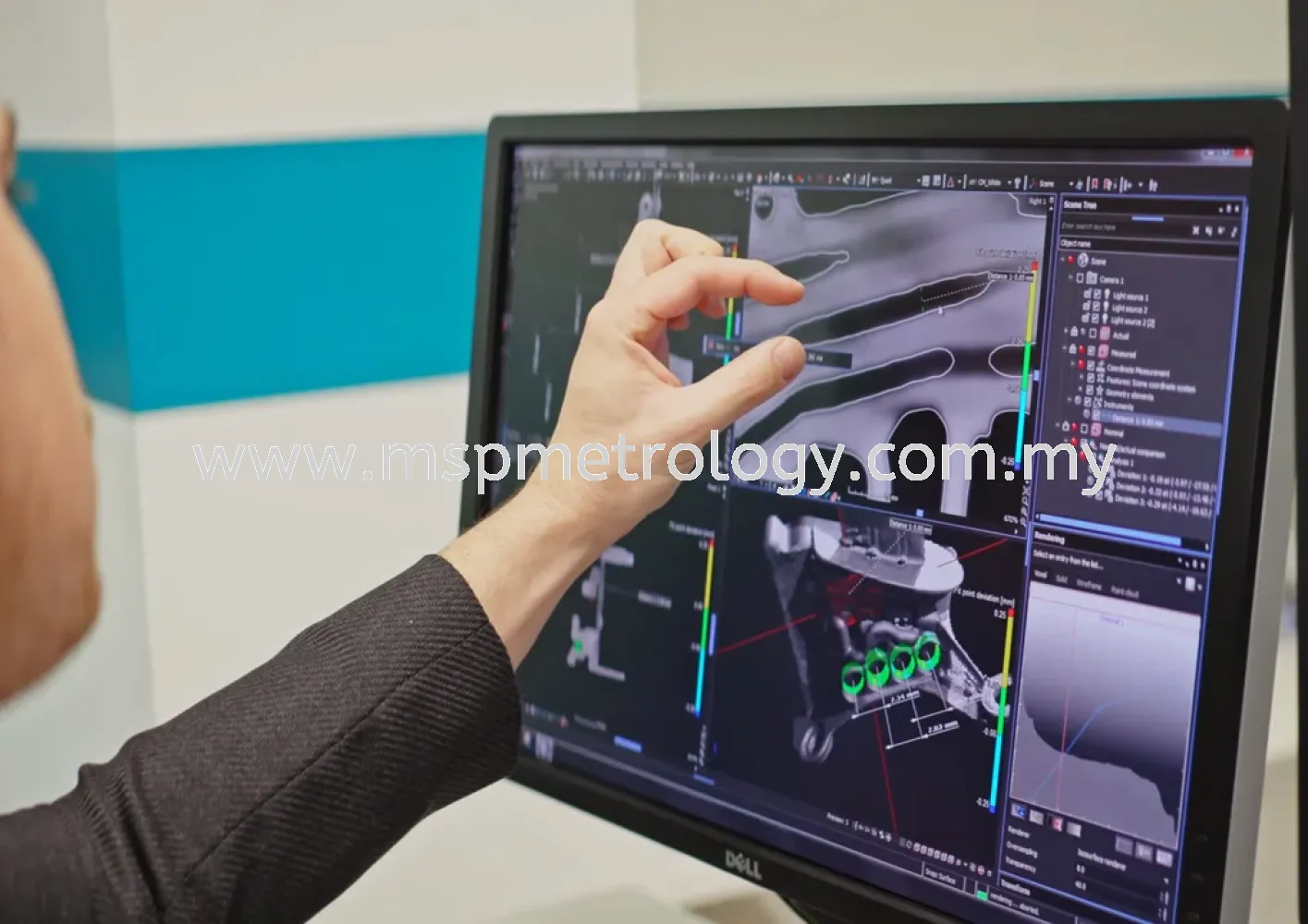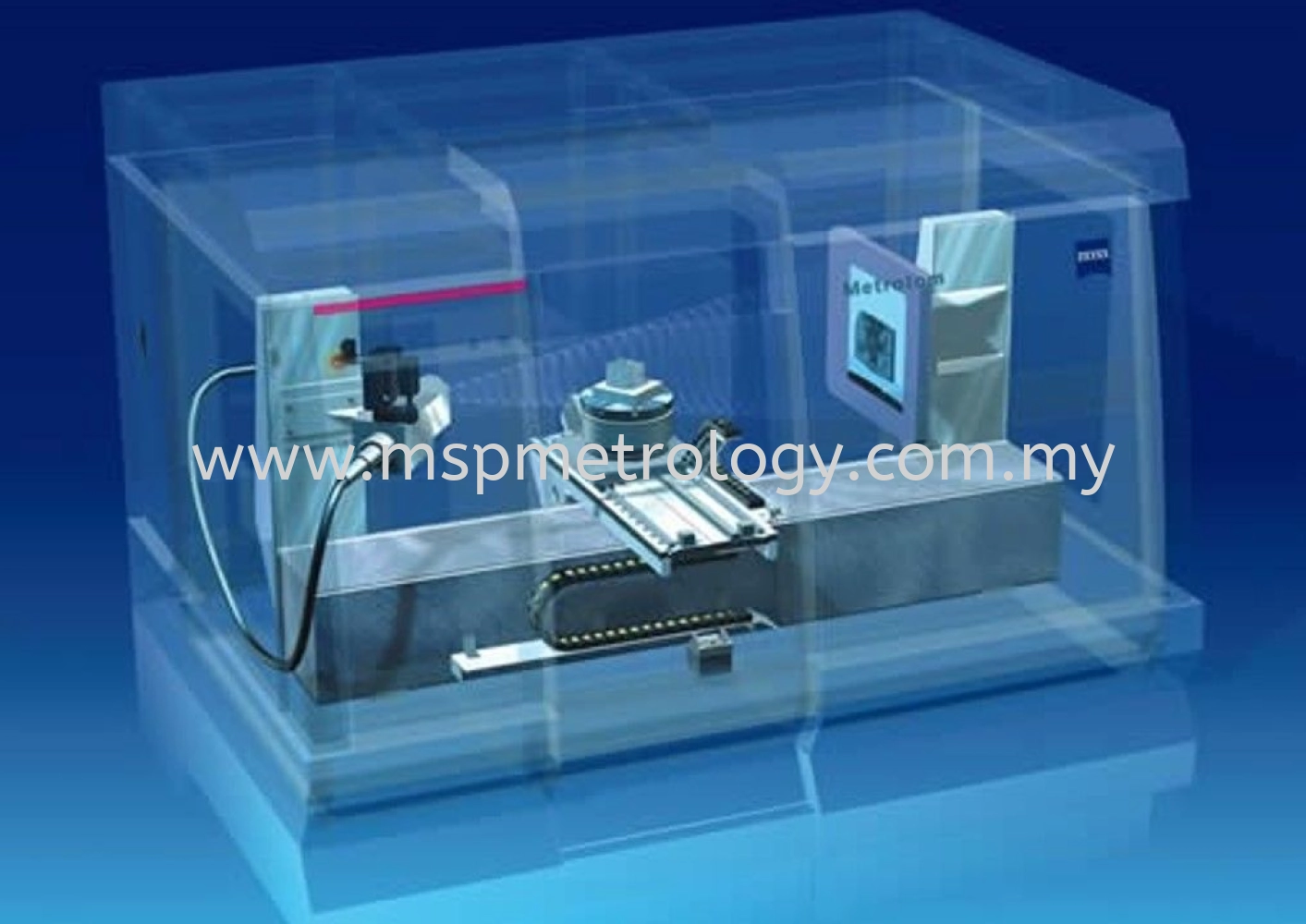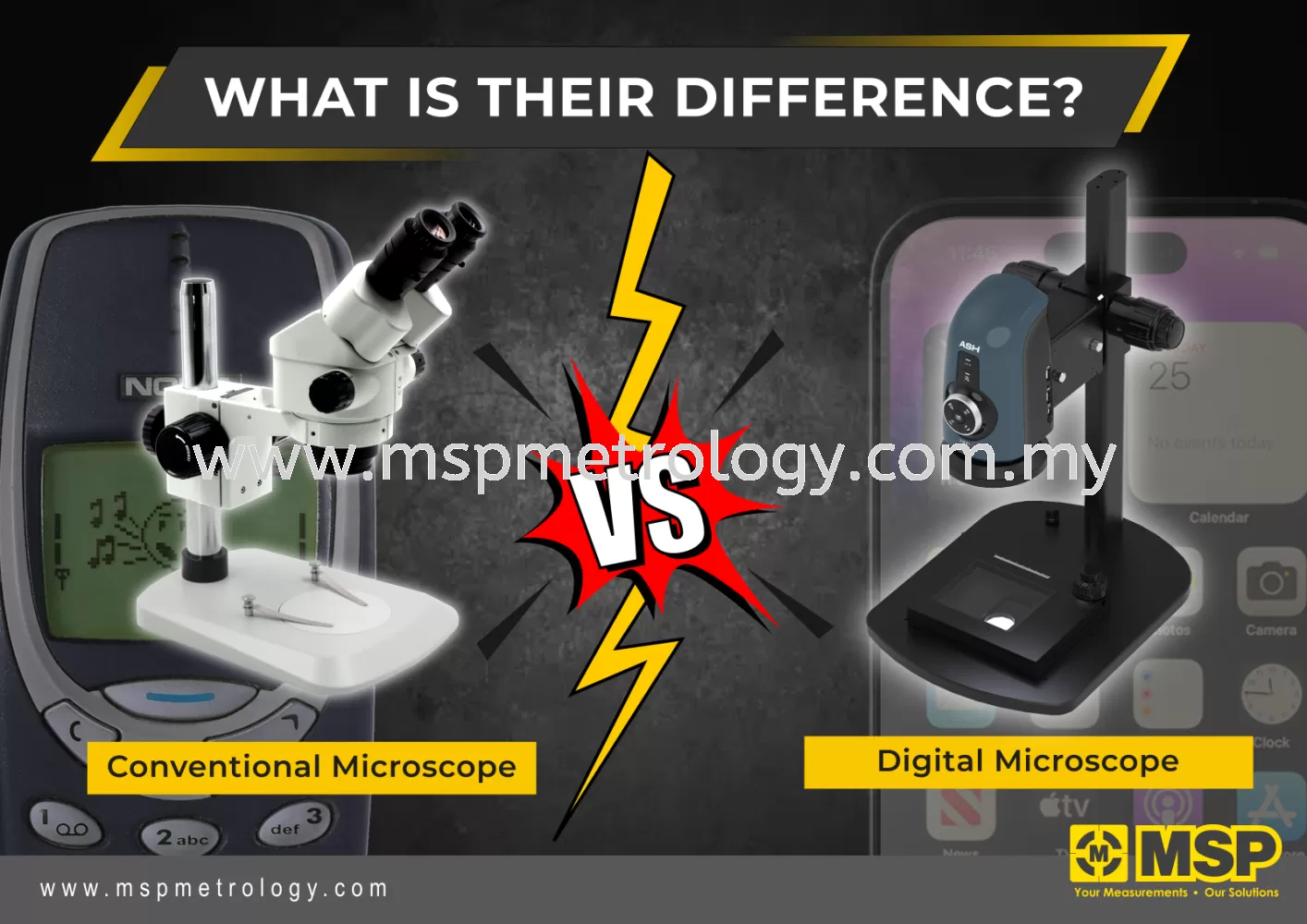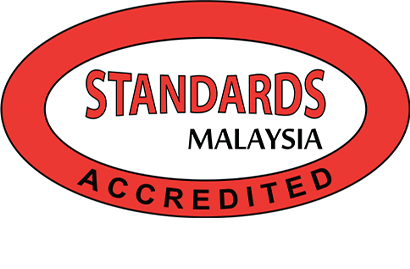Introduction to Portable UCI Hardness Tester.
The portable UCI hardness tester principle determines hardness by measuring the frequency of an oscillating rod, as shown in Fig. 3. The rod consists of a metal shaft with two pairs of piezoelectric ceramics affixed along its length and a pyramid-shaped Vickers diamond mounted on one end. One pair of ceramics excites the rod into oscillating at an ultrasonic frequency of approximately 70 kHz and the other pair monitors its frequency.
To perform a measurement, the diamond is forced into the material by either spring pressure or a motor. A proximity switch senses when the full load is achieved and instantly measures the frequency and compares it to the frequency in air. The frequency shift is relatively small for hard materials and becomes larger as the indentation increases in size. The instrument converts the frequency shift to an HV value using the following formula:

where f = frequency shift, A = area of indentation, Eelast = Young’s modulus, HV = Vickers hardness value, and F = test load.

Fig. 3 — Illustration showing the ultrasonic contact impedence method determines hardness by measuring the frequency of the oscillating rod.
Ultrasonic contact impedence probes use loads ranging from 100 gf to 10 kgf. For areas difficult to access, special models that include extended length and shortened probes are available. Some models use a motor to apply loads below 1 kgf in a controlled manner. Examples of various UCI probes are shown in Fig. 4.

Fig. 4 — Examples of UCI probes.
UCI Applications
The UCI method requires homogenous fine-grained materials. Its shallow penetration makes it possible to test thin casehardened components. The probe design allows testing in any direction, on complex shapes without elaborate fixturing, and on assembled components without costly disassembly. Examples of applications include the following:
- Heat-affected zone of welds
- Gears
- Camshafts and crankshafts
- Stamping dies
- Chrome plating.
Factors Influencing the UCI Method
- As indicated in Equation 2, the frequency shift depends not only on the size of the contact area but also on the elastic modulus of the material. Probes for the UCI method are factory calibrated on certified hardness reference plates of nonalloyed and low-alloyed steels. To test another material having a different elastic modulus requires fabricating a reference standard from a prepared coupon of the material. This can then be used to properly calibrate the instrument.
- Sufficient mass and thickness are required to prevent the part from going into self-oscillation. Requirements for the UCI method are not as demanding as the rebound method. In fact, the size of most standard test blocks is adequate for testing.
- Due to the relatively shallow indentations created, special attention must be given to the surface condition and preparation of the part. The indentation must be large in comparison to the surface roughness. If surface preparation is required, care must be taken not to alter the surface hardness by overheating.
Above sharing just for your reference. When you’re interested in investing a hardness tester to improve your quality process, select a supplier who offer a quality service and meet your specific needs.
If you have any enquiry with hardness tester, welcome to contact us by email: enquiry@mspmetrology.com
22 Jun 2023

















.png)
